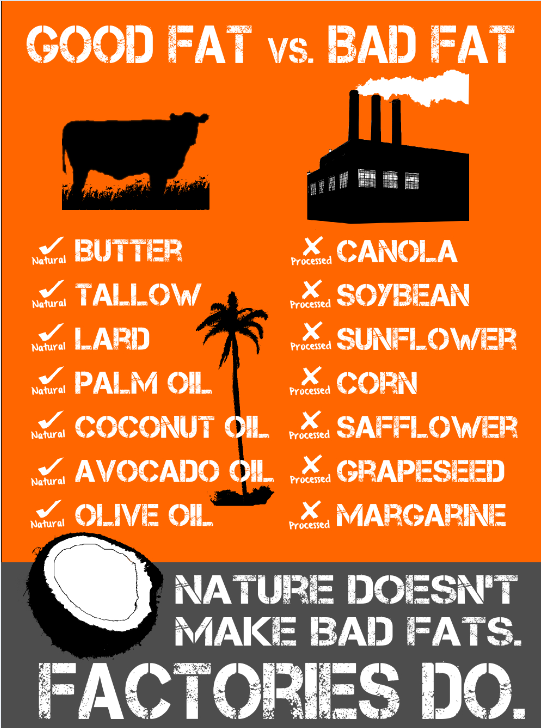Carbohydrates have earned somewhat of a bad reputation over the
years. Like other macronutrients before them, carbs have fallen victim
to the latest diet trends and fads, many of which recommend
significantly reducing carbohydrate intake across the board. In fact,
the topic often inspires heated debate between health and fitness
experts, not to mention the feelings of love, hate and guilt inspired in
the average person. Carbs have become the guilty pleasure of
macronutrients.
For those with weight loss as a goal, low-carb diets have seemed to
provide the answer. Reduced carbohydrate diets are commonly recommended
based on the initial weight loss; however, studies have found this
initial weight loss is often not sustained and, in many cases, leads to
weight gain down the road. Plus, without carbs to utilize for energy,
the body begins to burn protein. Over the long-term, a balanced diet
including carbohydrates will yield the best results.
It’s time to set the record straight about this essential macronutrient and find out the real impact of carbs on our bodies.
The Role of Carbs
Carbohydrates are a key source of energy. As the
body ingests these macronutrients from food, it sets in motion a complex
process of carbohydrate breakdown, insulin release and sugar
absorption. This process creates, ideally, a steady stream of energy for
the body, whether the individual is typing away at a desk or completing
a rigorous training session. Clearly, carbohydrates play a vital role
in our diets.
The Right Carb for the Right Job
We’ve all heard the terms simple and complex carbs and, more
recently, glycemic index. These refer to the structure of the
carbohydrate and how quickly it’s broken down into glucose in the
bloodstream. In general, the diet should focus on complex carbohydrates,
such as whole-grain breads, rices and cereals, along with the right
simple carbohydrates such as fruits, vegetables and low-fat dairy
(simple carbs like refined sugar are best avoided). These types of
carbohydrates provide not only energy, but also vitamins and minerals
and, in many cases, fiber. When quickly trying to replenish energy
stores after an intense workout, the right carb is often a simple carb
paired with protein. Chocolate milk, yogurt with fruit and similar post-workout snacks can be good options. Like anything else in a good nutrition program,
it comes down to taking a total-diet approach and choosing the right
carb to fuel your day or refuel after a training session.
The Dark Side of Carbs
Yes, carbs are a primary source of energy and a must for a quality
nutrition program. And yes, carbs can have a dark side just like any
other macronutrient consumed in excess. This is where carbs start
earning a bad reputation and it’s all in how we eat them. Carbohydrates
are a source of energy, broken down by the body and then used or stored
as glycogen, which is a quick source of energy to power your muscles
through their next lifting session or high-intensity interval training
workout. Unfortunately, the body’s ability to store glycogen is limited.
Once the glycogen reserves are full, where does the excess glucose go?
That extra energy broken down from excess carbohydrates is stored as fat instead of glycogen. Not all carbs lead to fat, just the excess ones.
It’s time to recognize the real impact of carbs—the energy they
provide for day-to-day needs or extreme workout—as well as how we
utilize them, for better or worse. Making a place for quality
carbohydrates like whole grains, fruits, vegetables and legumes in a
good nutrition program can ensure long-term success
Source : By Evolution Nutrition / Ace


















